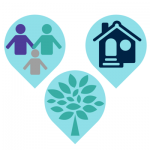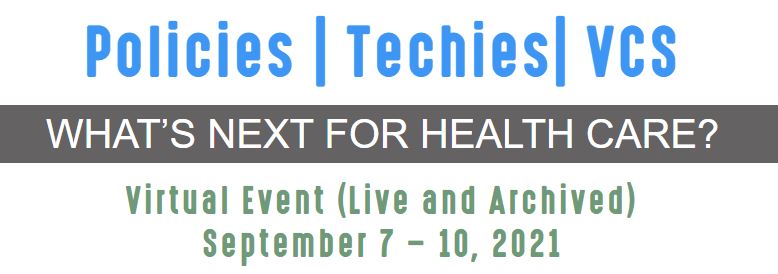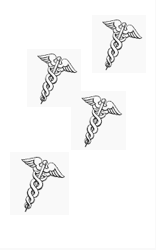By ALEXANDRA CAMESAS

Health 2.0 is actively expanding Technology for Healthy Communities and looking for large healthcare organizations and foundations to help support technology adoption at a community level.
Technology for Healthy Communities is a dynamic pilot program designed to catalyze the adoption of technologies in communities. The program fosters the development of sustainable partnerships to address the social determinants of health in the under-served regions that need it the most. Over 200 innovators across the U.S. submitted applications to the program, and through curated matchmaking and access to funding, selected innovators were matched with three participating communities to conduct pilot projects.
Snapshot of the three pilots:
- Spartanburg, SC: ACCESS Health Spartanburg, a non-profit agency primarily working with the uninsured population, is piloting with Healthify to provide community interventions for social determinants of health at the point of care. With support from Spartanburg Way to Wellville and the Mary Black Foundation, the pilot aims to address current pain points in community health care, such as the inefficiency of addressing social needs of patients and helping to make case management easier.
- Jacksonville, FL: The City of Jacksonville and the Health Planning Council of NE Florida, with support from the Clinton Foundation is piloting with CTY to deploy its signature product, NuminaTM. With this technology, bicycle and pedestrian traffic data will be collected to assess current safety conditions and plan improvements in the built environment for residents to be more physically active.
- Alameda County, CA: The Community Health Center Network is piloting with Welkin Health to implement a case management tool that engages members and eases current healthcare worker burden. Together, they will pilot this case management tool in four centers to help community health workers to effectively and efficiently coordinate care.
Due to the high demand from tech innovators and communities, Health 2.0 is expanding the program to new communities, tech startups and organizations who can benefit from technology adoption. By addressing the social determinants of health, the program has the potential to implement unique tech applications and address some of the most important systemic issues at the community level.
Health 2.0 is looking for partners such as foundations, large health systems and corporations who want to support pilots to test innovations in communities, interact with the fastest growing startups in the tech scene, and help create business opportunities for technology companies. Program sponsors will also have the opportunity to address local health needs by bringing exciting, new technologies to under-served regions across the U.S.
The program will focus on tools that support access to a healthy lifestyle, in categories such as:
- Access to healthcare services
- Food insecurity
- Affordable housing
- Behavioral/mental health
If you are interested in partnering with Health 2.0 to help deliver technology to communities, contact patrick@health2con.com to learn about opportunities to support the program.
Alexandra Camesas is a program manager at Catalyst @ Health 2.0














